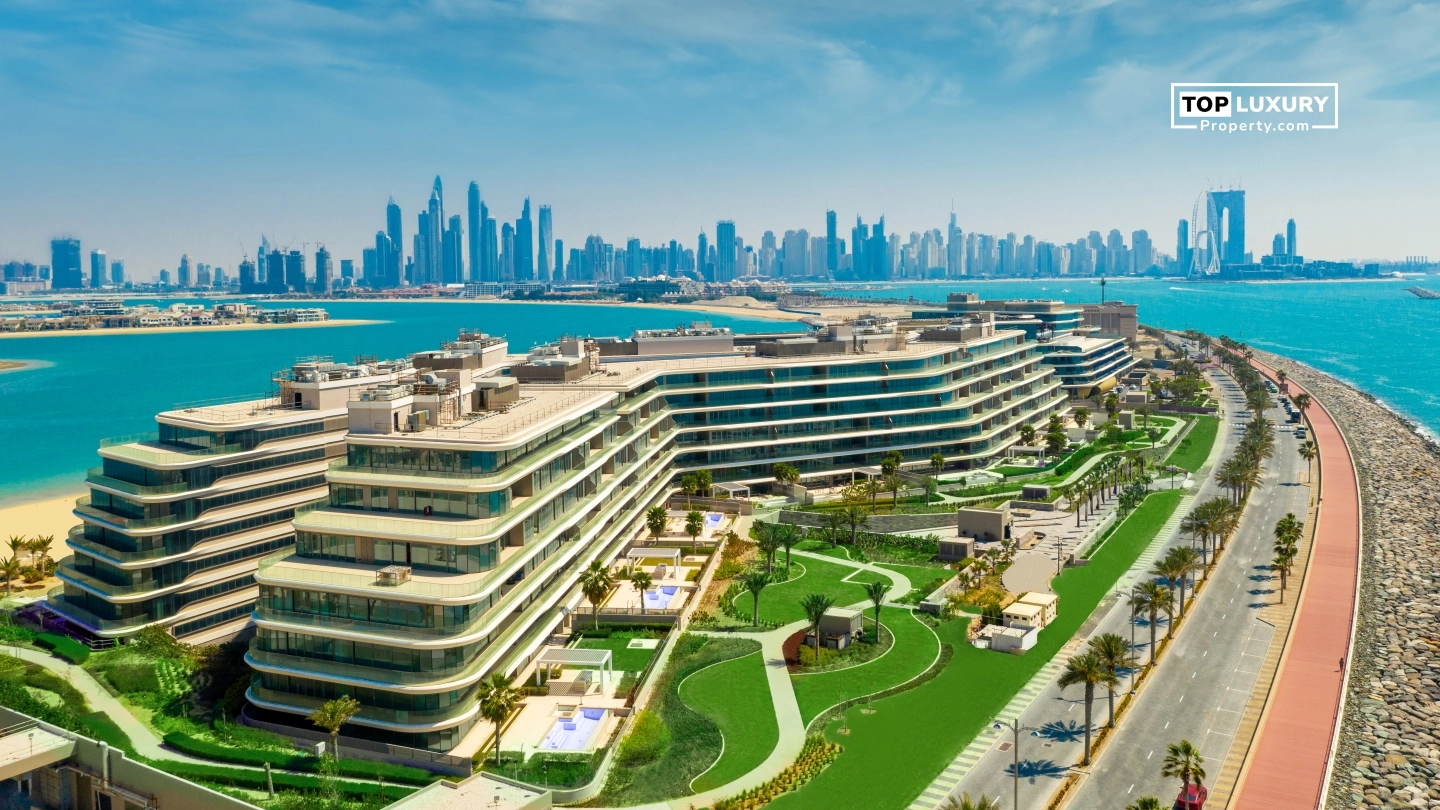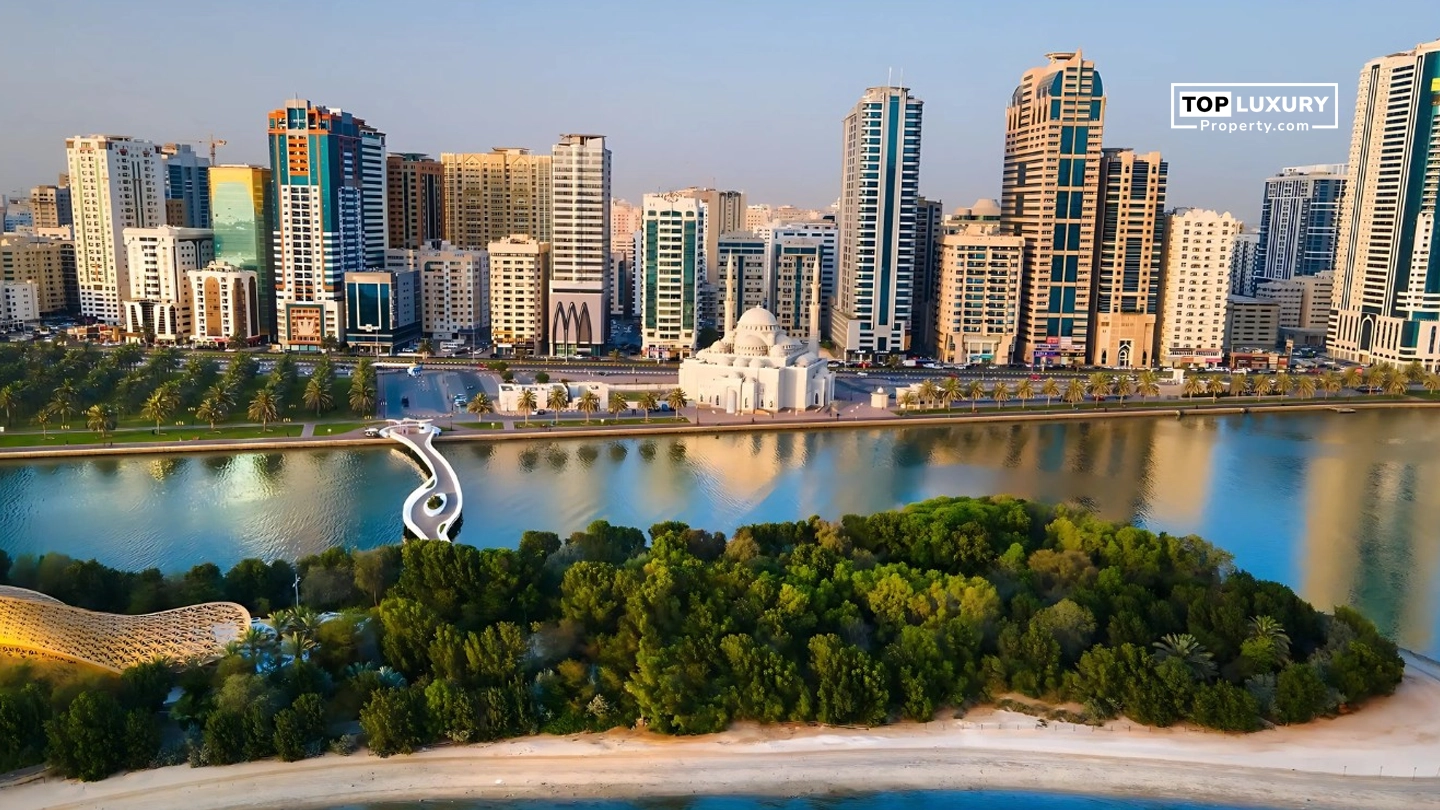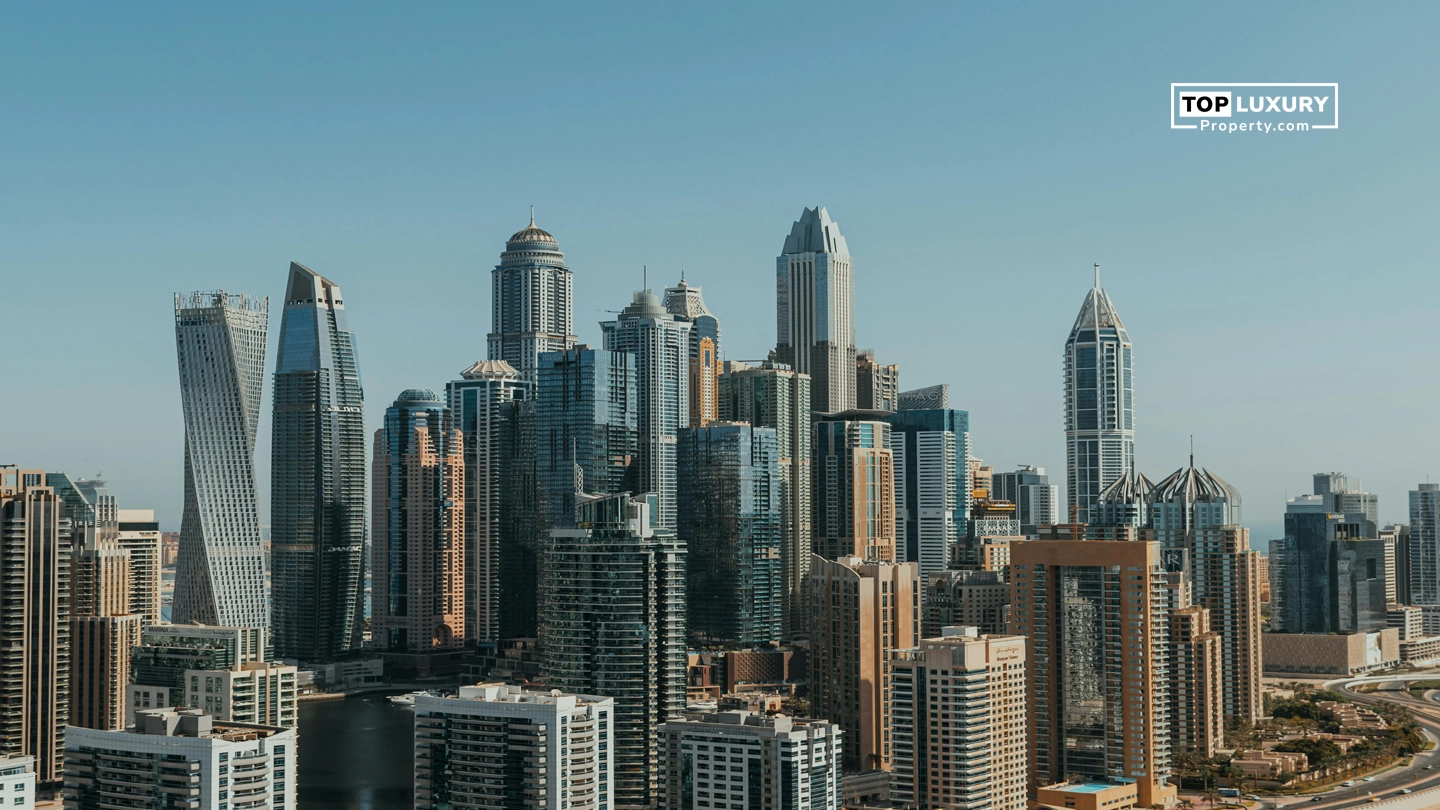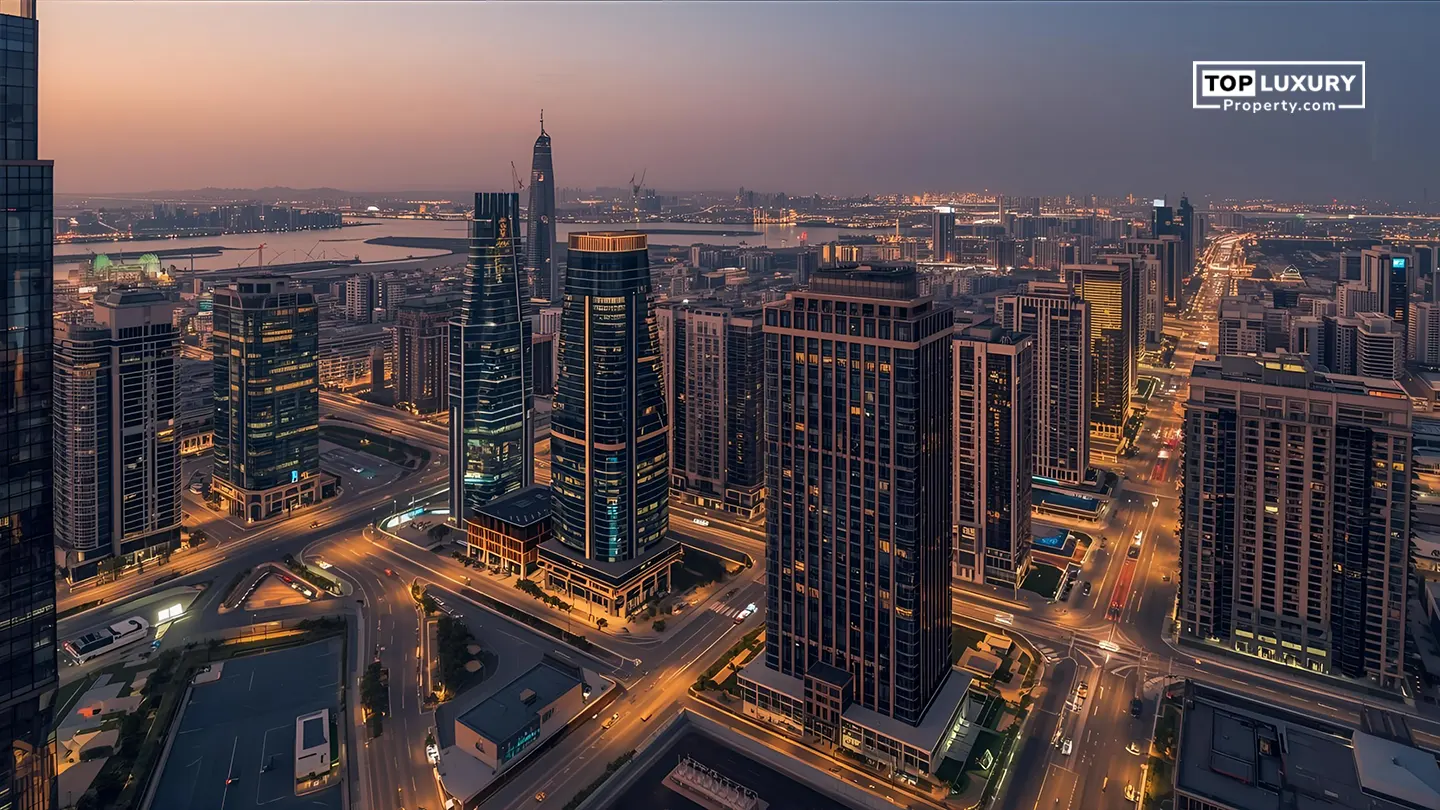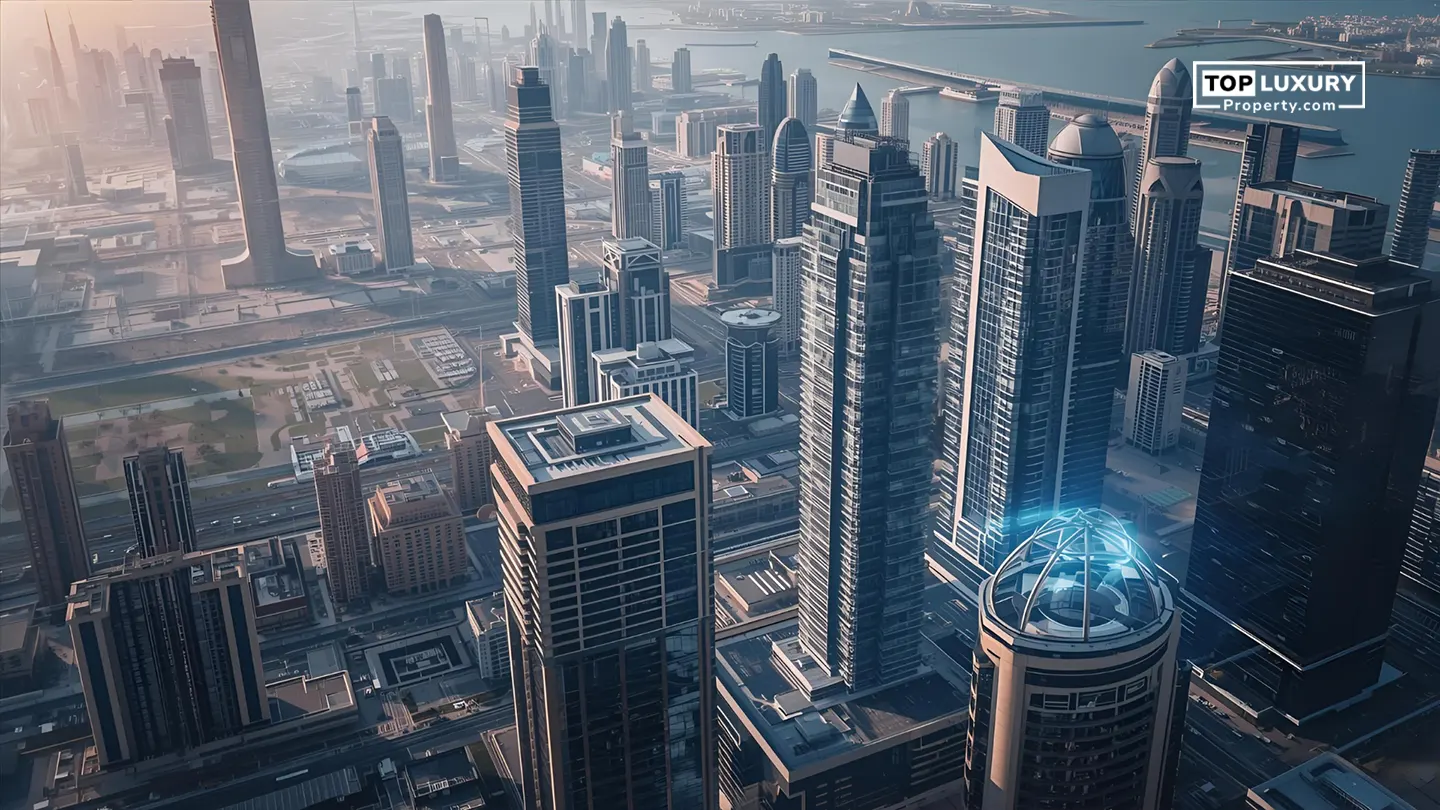Introduction
The luxury property market in Dubai is developing at a record pace in 2025. The growth in branded homes, or luxury properties associated with hospitality or other brands like Four Seasons, Ritz-Carlton, and Bulgari is one of the trends remaking the market. The projects come with prestige, high-end finishes, and hotel caliber services, but at a cost: they may fetch up to 40% higher per square foot than the non-branded properties.
Meanwhile, the concept of non-branded houses is still prevalent in Dubai real estate. This is because such properties attract more audiences since they are affordable, can be customized and have more potential buyers or tenants.
The most important question to investors in 2025: Which kind of residence gives them the best returns on their investments — Branded vs Non-Branded Residences?
What Are Branded Residences? Key Features and Appeal
Definition & Types:
- Branded residences are residential properties that are created in partnership with a brand or hotel operator. They can be:
- Hotel rooms (which share their services).
- Next-door homes with hotel services.
- Whole separated branded developments.
- Mixed use developments that are luxury branded.
Key Features:
- Hotel level services: concierge, housekeeping, spa, valet, fine dining.
- High-end interior: handpicked finishes and materials that are in line with the brand image.
- Loyalty integration: loyalty programs in the hotel group, resale trust and international recognition.
- Management & quality control: regular maintenance that is decided by the brand.
Market Data (H1 2025):
- Mean price/ sq. ft.: AED 3,779 (~USD 1,029).
- Premium vs. non-branded: It is about 40% in Dubai, which is higher than the global average of 20–35%.
- Volume: 48,474 branded units were reported, 12 new projects were launched during H1 that contributed to 5,510 units.
Appeal: A branded home is a luxury residence that targets the high-net-worth consumers who want prestige, a hassle-free lifestyle, and quality assurance. They provide greater resale visibility and increased rental rates because of brand reputation.
This makes Branded Residences in Dubai especially desirable among elite buyers.
Non-Branded Residences: Flexibility and Affordability
The non-branded residences are grown as such and not affiliated with luxury brands like their branded counterparts.
Characteristics:
- No overheads: No brand licensing or service overheads built into costs.
- Design freedom: Greater renovation and upgrading freedom by owners.
- Wider buyer/renter base: Cater to the mid-to-upper luxury segment.
Advantages:
- Lower entry point: An average price per sq. ft. of about AED 2,140–2,220 versus branded AED 3,700 and above.
- Broadened demand: Applicable to professionals, families, and investors seeking consistent returns.
- Freedom of customization: Owners can select finishes and service providers.
- Reduced market risk: Less associated with changes in brand reputation.
Market data suggests that Non-Branded Residences Dubai usually deliver more reliable long-term returns, especially in up-and-coming or mid-tier luxury neighborhoods.
Investment Returns: ROI and Resale Value Comparison
Branded Residences:
- Premium entry pricing: At least 40% higher than non-branded.
- Rental premium: 15–30% increased rent, high occupancy due to prestige.
- Resale strength: Greater resale premiums in prime locations facilitated by brand trust.
- Growth in transactions: 13,000+ branded homes sold in 2024 (USD 16.3B), a 43% YoY growth.
- Risk: High entry prices may result in sharper declines during demand drops.
Non-Branded Residences:
- Reduced risk exposure: Smaller capital at risk.
- Yield stability: Frequently achieve 3–6%+ net yields in mid-to-high luxury.
- Broader buyer pool: Easier to resell to both local and international markets.
- Growth potential: Good appreciation in emerging neighborhoods.
Comparative Metrics:
- Branded: AED 3,289–4,188 per sq. ft.
- Non-branded: AED 2,140–2,220 per sq. ft.
- Premium: ~40–42% in Dubai (2025).
This side-by-side view highlights the clear trade-off in Branded vs Non-Branded Residences Dubai.
Lifestyle and Prestige: Branded vs Non-Branded Appeal
Branded Residences:
- Status of addresses like Bulgari Resort Residences or Four Seasons Private Residences.
- Hotel-level facilities integrated into everyday living.
- Attract international elites, executives, and celebrity consumers.
- Higher level of community among HNW residents.
Non-Branded Residences:
- Comprehensive lifestyle choices from accessible to high-end luxury.
- Freedom of design and living without brand restrictions.
- Appeal to families, professionals, and long-term expatriates.
Cost Analysis: Buy and Maintenance Expenses
Branded Residences:
- Purchase premium: At least 40% higher entry cost.
- Service charges: Greater due to hotel-level services and licensing fees.
- Maintenance requirements: Strict brand-imposed standards increase CapEx.
- Risk: Drop in brand reputation can reduce property value.
Non-Branded Residences:
- Lower purchase price: More units for the same investment.
- Maintenance flexibility: Owners can choose vendors/contractors.
- Lower service costs: No brand overheads.
- Risk: Quality varies depending on the developer’s track record.
Foreign Investor Benefits: Golden Visa and Tax Advantages
Both branded and non-branded residences offer similar benefits to international investors in Dubai:
- UAE Golden Visa: Properties priced above AED 2M (including branded units) can qualify buyers for a 10-year residency.
- Tax-free regime: No annual property tax and no capital gains tax.
- Freehold ownership: 100% ownership rights in specified freehold areas.
- Repatriation: Full capital and profit repatriation allowed overseas.
For global investors, Branded Vs Non-Branded Properties both provide substantial benefits, but branded residences add a layer of trust that can ease cross-border transactions.
What is the Difference Between Branded and Non-Branded Residences?
| Feature | Branded Residences | Non-Branded Residences |
|---|---|---|
| Brand affiliation | Linked to luxury/hospitality brands | Independent developer projects |
| Services & amenities | Concierge, spa, F\&B, housekeeping | Standard amenities (gym, pool) |
| Pricing premium | ~40%+ higher | Market-aligned |
| Maintenance costs | Higher due to brand standards | Flexible, often lower |
| Resale/liquidity | Higher due to prestige | Broader buyer pool |
| Customization | Limited (brand standards apply) | Flexible upgrades & personalization |
| Risk profile | Higher upside but higher entry & costs | Lower entry, steady returns |
This reinforces the debate on Branded Vs Non-Branded Projects for Dubai investors.
Conclusion: Choosing the Right Investment for Your Goal
The branded residence in Dubai is unique, especially to investors who want prestige, capital growth, and high rental returns — particularly in areas like Downtown Dubai, Palm Jumeirah, and Business Bay. They best suit high-net-worth investors who are comfortable with higher entry costs and ongoing expenses.
Non-branded homes, however, remain an excellent option for those prioritizing affordability, flexibility, and resale opportunities. They carry reduced risks, predictable returns, and customization freedom, making them appealing to families and mid-to-high-end investors.
In most portfolios, a hybrid strategy works best: hold a non-branded property for steady income and a branded asset for prestige and upside.
Ultimately, the choice between Branded vs Non-Branded Residences depends on investment objectives: prestige or flexibility, high risk/reward or stability. The diversity of Branded Vs Non-Branded Projects in Dubai ensures both options have a place in a smart 2025 portfolio.

